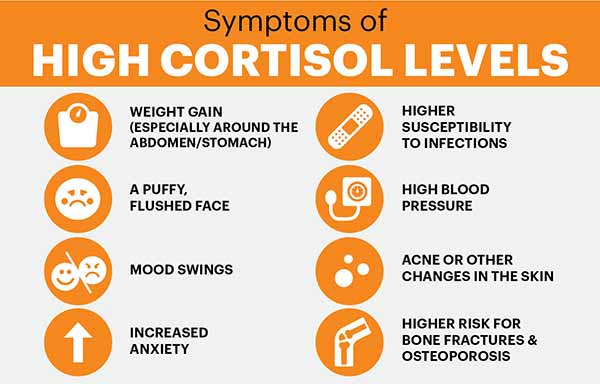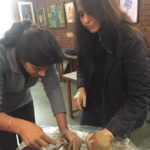The World Health Organization projects that by 2030, depression will affect 350 million people and become the “leading cause of disability-adjusted illness in the world.”

It is a fact that 8 out of 10 women in India suffer from depression in various stages of life. There are a multitude of genetic, hormonal, psychological, and social factors that come into play when citing the cause of depression in women. It is linked to health, family, relationships and stressful living. Many are not aware that they are affected by depression till it starts showing effects on the body. The signs include feeling sad, down or miserable most of the time or losing interest or pleasure in usual activities. Symptoms can last weeks, months, or years and can be intermittent or a one-time occurrence. Individuals suffering from depression currently have little option but to take antidepressants, which have a variable degree of negative effects on health.

Hong Kong-based psychotherapist recently devised a study to measure the effects of working with clay on adults with major depressive disorder. He observed that his patients enjoyed working with clay. Working with clay actively engages depressed individuals both physically and mentally through a variety of exercises, ranging from simple to progressively more complex projects. Through the process, adults can discover new ways to understand and express their thoughts and emotions.
If you’ve ever pushed your hands into a piece of wet clay, you’ll likely have a sense of the therapeutic properties of the material. The physicality of clay, and its vast potential for creativity, have attracted artists, artisans, and amateurs for centuries. Those practitioners have long lauded the restorative and meditative benefits of creating ceramics—and today, it’s a proven method for art therapy.
In another research studying levels of stress hormone cortisol, researchers took saliva samples from 33 women and six men aged 18 to 59 before and after 45-minute sessions with an art therapist, who was present to provide any assistance needed. Levels of cortisol in the saliva tend to mirror those in the blood, so are a good measure of how stressed you are.

The participants were given no specific instructions other than to make anything they wanted with clay. About half of the participants had little experience working with clay.
Cortisol levels went down in 75% of participants over the course of a session. It could be that the art led to new learning or self awareness, which raised stress levels. When asked to write about the experience, participants who said they had learned about themselves during the exercise were slightly more likely to have elevated cortisol levels. The studies prove that working with clay is a great means to fight back depression and start a positive and healthy aptitude towards life.
Art serves two purposes – It helps us express things that we don’t often have words for but are deeply felt and experienced. Also it helps us communicate to others this inner state, and when you communicate, you can build relationships.
Art Therapy
If you are suffering from depression and need a personalized space to let your creativity flow then connect with the Master Artist & Sculptor – Sheela Chamaria for ART THERAPY SESSIONS at Model Town and Green Park, New Delhi. Each session is personally guided by Ms Sheela Chamaria and is tailor made to client requirements. To make an appointment please call +91 9891043358.




